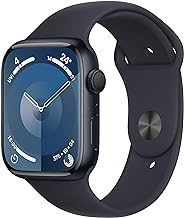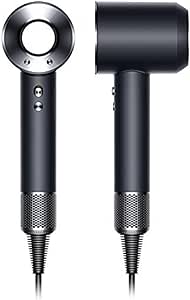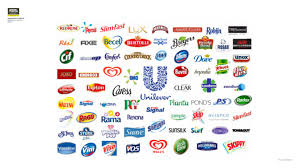Consumer Goods: An In-depth Analysis
Consumer goods, also known as final goods, are products that are purchased by the end consumer for personal use. These goods range from perishable food items to durable goods like electronics, clothing, and more. The consumer goods sector is a critical component of the economy, contributing significantly to GDP and employment.
Think Design
The design of consumer goods plays a crucial role in their marketability and success. It’s not just about aesthetics; it’s about functionality, usability, and the overall user experience. A well-designed product can command a higher price point and create a loyal customer base.
For instance, consider Apple Inc., a company renowned for its design-centric approach. The sleek design of Apple products, coupled with their intuitive user interface, has been instrumental in establishing Apple as a premium brand.

Design also extends to packaging. Effective packaging design can enhance product visibility, convey brand values, and influence purchasing decisions at the point of sale.
Think Solution
Consumer goods companies need to think beyond just selling products; they need to provide solutions. This involves understanding consumer needs and wants and delivering products that address these needs effectively.
For example, Dyson Ltd., a British technology company known for its innovative vacuum cleaners and hair dryers, doesn’t just sell appliances; it sells solutions for cleaner homes and better hair care.

In today’s competitive marketplace, companies that offer solutions rather than just products are more likely to succeed. This approach fosters customer loyalty and encourages repeat purchases.
Think ROIC
Return on Invested Capital (ROIC) is a profitability ratio that measures how effectively a company uses its capital to generate profits. It’s an important metric for investors as it provides insight into a company’s operational efficiency.
In the consumer goods sector, companies with high ROIC are typically those that have strong brands, efficient supply chains, and effective cost management strategies. These companies are able to generate higher profits from their investments, which can be reinvested to fuel growth or returned to shareholders in the form of dividends.
For instance, Unilever, a British-Dutch multinational consumer goods company, has consistently delivered high ROIC over the years. This has been driven by its strong portfolio of brands, efficient operations, and disciplined capital allocation.

Conclusion
In conclusion, the consumer goods sector is a complex and dynamic industry that requires a deep understanding of consumer behaviour, market trends, and financial metrics. Companies need to think design to create appealing and functional products, think solution to address consumer needs effectively, and think ROIC to ensure efficient use of capital. By doing so, they can create value for their customers and shareholders alike.
